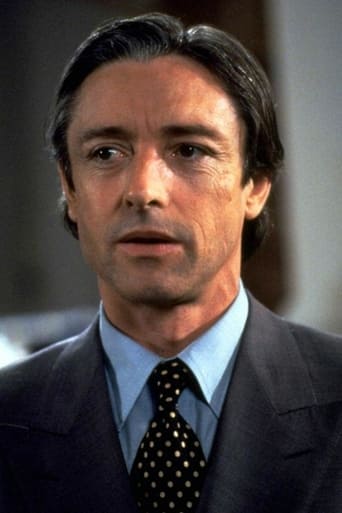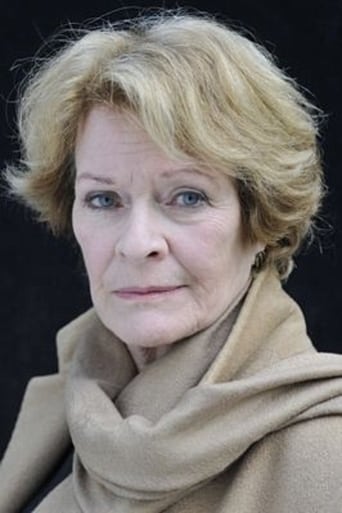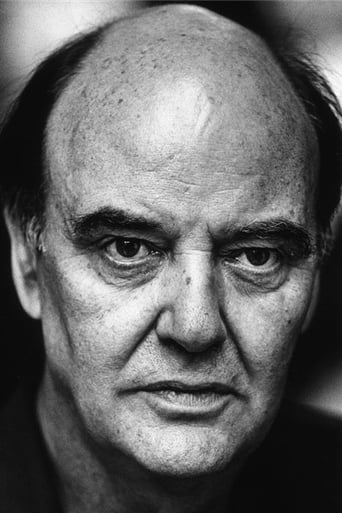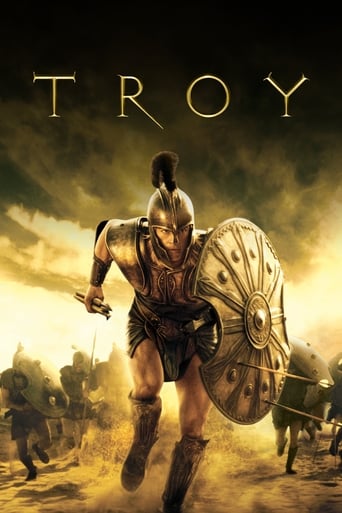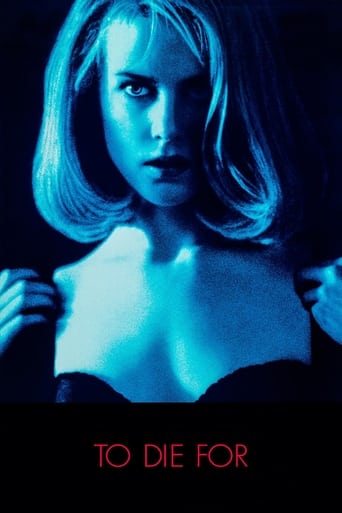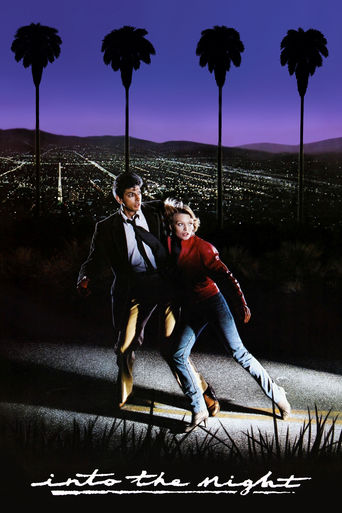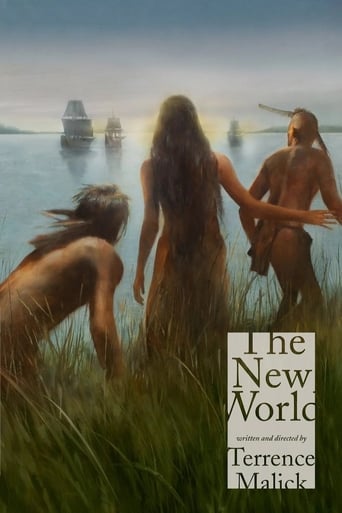
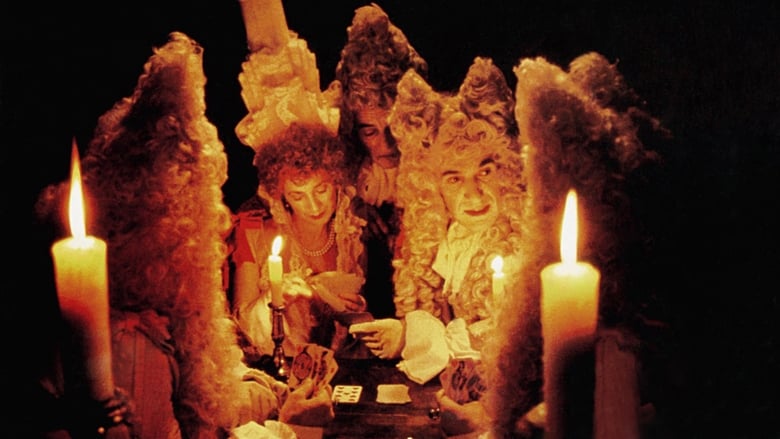
The Draughtsman's Contract (1983)
A young artist is commissioned by the wife of a wealthy landowner to make a series of drawings of the estate while her husband is away.
Watch Trailer
Cast
Similar titles
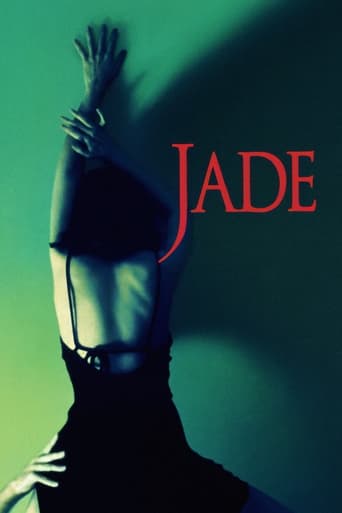

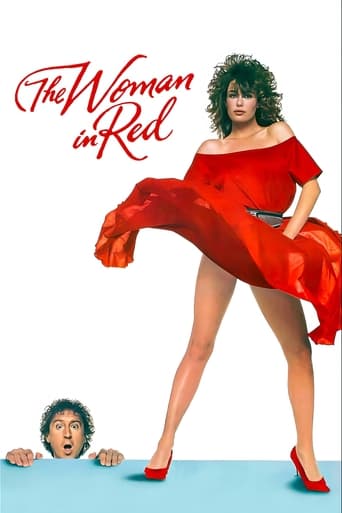

Reviews
Lack of good storyline.
The performances transcend the film's tropes, grounding it in characters that feel more complete than this subgenre often produces.
Great example of an old-fashioned, pure-at-heart escapist event movie that doesn't pretend to be anything that it's not and has boat loads of fun being its own ludicrous self.
This is one of the best movies I’ve seen in a very long time. You have to go and see this on the big screen.
There is no need to hate this movie. It's quite enjoyable by itself. It doesn't require any heavy intellectual digging or background instruction manual to appreciate. Plus, it's quirky comedy is being taken as mysterious and dark. Please! Just enjoy it and laugh. The humor is irksome but funny. It's like a bit of Shakespeare. It has meaningful plot and fun dialogs. The guy who wrote the review centering on the Draughtsman's "arrogance and innocence "(a dangerous combo!) had it spot on, and this personality flaw is key to the plot. Thoroughly enjoyable and funny and clever. Architects everywhere, TAKE COVER! LOL.
This is like a chestbox full of fantastical treasures, most of them pertaining to image and meaning. An amazingly rich film upon which to ponder cinematically on the hidden realities of the frame.We have the sketch artist at the centre of this, the man commissioned to represent reality. By this whim, he has the ability to empty the landscape of people or place them within it as he sees fit, which is to say the world he sketches is a replica born in the mind. What starts by this process as representation inadvertently becomes creation.But there is more to it. Within his image and unbeknownst to him, find their way various shadowy allegories which may be simple pictorial conceits or keys to a sinister plot involving murder and worse. By having sketched these anomalies of perception, the things that shouldn't be where they are, he becomes complicit in their implied meaning.The most fascinating thing about all of this, is that the film is perfectly aware of everything that transpires in it. It knows and points out that it does as meant to entangle itself in the folds of this so that it can be disentagled again.Tantalizing double entendres (some of the best in film) among politely aggressive dinner companies, an animate statue who unsuccessfully tries to mingle with the routine, sexual inappropriateness as contractual obligation, all these humorous or deviant stratagems mirror the effects of duplicitous meanings.Each of these elements merits a film of its own, Greenaway however weaves them together in a ribald pastiche. Of the pastiche itself I'm not too sure, whether the whole adds or subtracts upon the individual meanings, but it's an enjoyable one.All you need to make cinema in my opinion is not story or characters but a point of view (and of course the view to which it points). Two forms of consciousness, one which is the cinematic representation and the other the navigation within it. This one has several, each working upon the others to make them equally possible or equally moot.By the end of this, Greenaway rather fatalistically shows us the destruction of both creator and creation. At the hands of a spoiled plutocracy no less.
We're in post Restoration England in 1694, and at a country estate filled with condescending, witty, superficial creatures dressed in heavy satins and lace, with chalk dusted cheeks, painted cupid lips and beauty spots, and wearing magnificent high wigs with cascading curls down to the waist...and that's just the men. In their midst is Mr. Neville (Anthony Higgins), a talented, successful and arrogant artist whose father, we learn later, was a tenant farmer. He is engaged by the lady of the estate, Mrs. Herbert (Janet Suzman) to draw 12 views of the estate as a present for her clod of a husband, who will be away on business for the next 15 days. Mr. Neville declines. The unhappily married Mrs. Herbert increases his fee. Mr. Neville again declines. Mrs. Herbert offers him her intimate pleasure along with the fee. At that, Mr. Neville agrees. A contract is prepared which spells out Mr. Neville's exact requirements for the 12 views and Mrs. Herbert's contractual obligation for his pleasure. In the course of these two weeks the detailed views will be drawn, pleasure will be taken, Mrs. Herbert's daughter, Mrs. Tallman, will offer a contract of her own and we will learn a bit about heirs and impotency. The absent Mr. Herbert will return, but as a corpse discovered in the estate's moat. I have no doubt that Peter Greenaway knew exactly what he was doing with The Draughtsman's Contract. Me? I know what I think happened...probably. I like this movie immensely. Discussing the meaning behind Greenaway's films like The Cook, the Thief, His Wife and Her Lover, or Prospero's Books or The Draughtsman's Contract, is almost a small industry among film students and certain cineastes. A good place to start this sort of discussion, however, is not with "Greenaway was aiming at this..." but with "I think Greenaway was aiming at this..." That "I" language makes the speaker own his or her opinions, and almost invariably decreases the "Izzat so?" quotient. That's a positive. What I know is that I think The Draughtsman's Contract is a mannered, magnificent puzzle of a film, where everyone speaks in complete sentences. It's stuffed full of elegance, precision, disconcerting oddness, uncomfortable relationships, hidden motives, ego, style, art, sex, eye burning, murder and ambiguity. When this is all stirred together with Greenaway's imagination and ability to create disconcerting and beautiful visions, what more could a person want? Well, perhaps a story that moves from plot point to plot point, all clear and tidy, and with an ending that leaves us satisfied and happy. If that's so, then Greenaway is not for you. Better stick with Michael Shayne, Private Detective (another movie I like a lot). "Your significance, Mr. Neville," says one important character, "is attributable to both innocence and arrogance in equal parts." His arrogance doesn't allow more than contempt for those privileged, condescending, shallow people he now is surrounded by during these two weeks. His innocence keeps him from considering the possibilities of what he sees but doesn't see. He is a man whose lovemaking is brutally self-centered and as mannered as his conversation, with his conversation continuing during his lovemaking, "You must forgive my curiosity, madam, and open your knees." Even so, we begin to feel a little uncomfortable for him. Almost as important to the plot is that Mr. Neville draws exactly what he sees. But what does he see? A window that is open when it should be closed? A ladder against a wall? A jacket on a bush when there had been a sheet? A pair of riding boots? It all has a point, but some of it is pure Greenaway. What is, after all, the point of the countertenor...or of the naked statue who is not a statue...or, for that matter, of the 13th drawing? How sure are we of the significance of the three pomegranates...or the last scene where we witness a slobbering bite of pineapple? I don't know, but I enjoyed every minute of it. Janet Suzman and Anthony Higgins carry us along in great style. Almost as important are Anne-Louise Lambert as Mrs. Tallman, Mrs. Herbert's daughter, and Hugh Fraser as Mr. Tallman. The movie is gorgeous to look at, painterly in its compositions and without, in my opinion, a dull moment. All that clever, mannered dialogue sounds straight from a Restoration melodrama. The Draughtsman's Contract is a wonderful movie. The best version is the Zeitgeist DVD release. It's been carefully restored, is anamorphic and has several interesting extras, including an introduction to the film by Greenaway.
Hugely enjoyable, if somewhat a tad too clever for its own good. A very good English director's attempt to be more continental, by being deliberately obscure, and throwing in large dollops of raunchy eroticism. Imagine if you will an episode of PBS's Mystery set during the Restoration, with a script by Einstein, and direction by Frederico Fellini.Two excellent stage actors - Anthony Higgins and Janet Suzman - in combination with the very sultry and seldom seen Australian actress Anne Louise Lambert, act their sexy sox off in this delightful delicate pastry of a movie. In the year 1694 an artist is commissioned to create a series of precise drawings of an enormous country house. The twist is that his agreed form of payment is most unusual.Michael Nyman's score is a careful, yet loud, modern arrangement with contemporary wind and string instruments. The photography by Curtis Clark is incredible, and these two creative artists convince you, you are in the 17th Century. The interior scenes are lit only by candlelight - as was also the case in Kubrick's superb historical masterpiece Barry Lyndon. This movie somehow combines elements of sophisticated themes of woman's self-empowerment, the inhumanity of the aristocracy, mathematics, and Benny Hill eroticism. Really rather wonderful and unique, but also in-retrospect, less than the sum of its parts. For a superior Peter Greenaway picture, try Drowning By Numbers, A Zed and Two Naughts, and The Cook, the Wife, etc..
